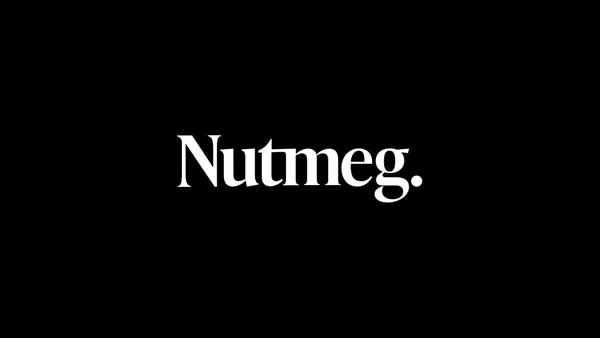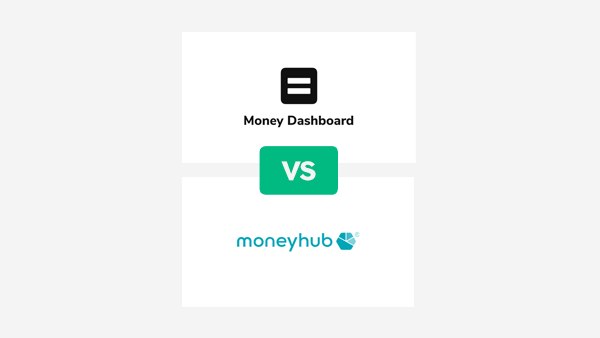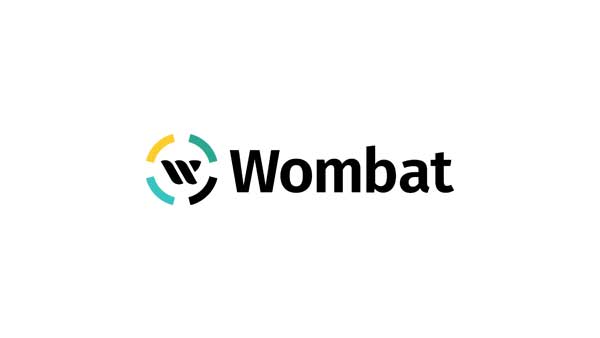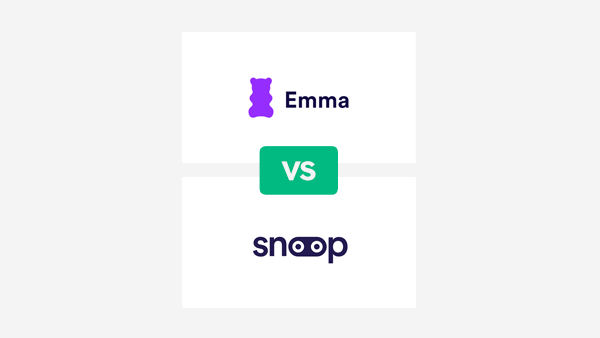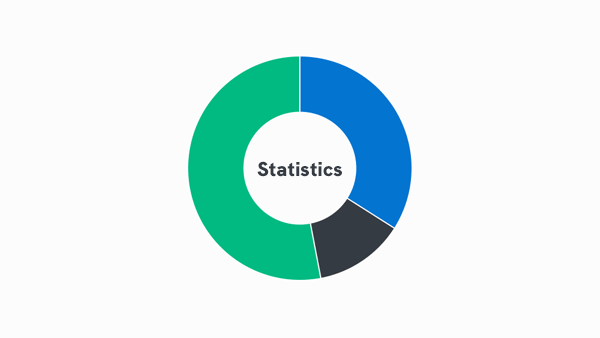Deciding to save money is always a great step. Whether you are saving for something long term, like retirement or a deposit for a house, or something shorter term, like a holiday or even just to have an emergency fund as a safety net, it is important to just get started. The sooner you start, the quicker you can start to see your nest egg grow! Once you start looking into savings options, you will quickly be confronted with a huge amount of choice, with both savings and ISAs. So lets dig further into ISA vs savings account…
Table of Contents
What is a savings account?
Put simply, a savings account is just somewhere to store your money. Not really different than a piggy bank or putting the money under the mattress, but a lot safer! Any high street or digital bank will offer some type of savings account.
The key difference between a savings account just keeping your money at home in a jar is interest. Interest allows you to earn money from your savings capital on a regular basis, so that your money grows over time.
For example, if your savings account pays an interest rate of 1%, then you will get 1% of the total amount of your savings balance each year. So if you have £5,000 in your savings account, you would get £50 in interest, so at the end of 1 year you would have a balance of £5,050.
The interest rate offered on a savings account will depend on many different things, such as the type of savings account (see below), and whether it is a dedicated savings account or just an everyday savings account offered by a high street bank.
For dedicated savings accounts, the highest savings interest rates as of July 2023, were between 4% and 6%, depending on the type of savings account.
Types of savings accounts
Easy-Access/Instant Access Savings Account
These are the standard accounts that usually have a very low rate of interest. However there have little or no restrictions on the amount you can put in or take out. It makes sense for everyone to have some money sitting in one of these in case of emergencies. These savings accounts are often called variable rate savings accounts, as the interest rate can go up and down over time.
Regular Savings Account
Regular savings will often offer a slightly higher rate of interest, but only if you put in a certain amount each month. These accounts generally have restrictions, such as the total amount you can save, and the number of withdrawals you can make.
Notice Account
With a notice account, you can get a higher rate of interest, but you can only withdraw your money after a certain notice period, often 45 or 60 days. Usually, the longer the notice period is, the higher the rate of interest.
Fixed-rate Savings Account
With fixed-rate savings accounts, you can often get the highest available rates of interest. However, to access these you will need to lock your money away for a period of time – 1, 2 or even 5 years. Penalties would apply if you wished to withdraw your funds early.
Tax on savings accounts
The government like to encourage the public to save and invest, so they have created certain tax benefits on savings. One of these is ISAs, which we will cover below. However, outside of ISAs, every UK resident can also earn a certain amount in interest each year before becoming liable for tax on that interest. For the 2023/2024 tax year, the allowances are:
- Basic Rate Taxpayer – £1000
- Higher Rate Taxpayer – £500
- Additional Rate Taxpayer – £0
Inflation
With savings accounts, you always need to be aware of the rate of inflation.
What is inflation?
Inflation is the amount that prices of goods and services rise. The government keeps a track of the rate of inflation by measuring the prices of a selection of things on a regular basis.
If the interest rate that you are getting on your savings is less than inflation, then even though your capital is growing, then it is actually declining in real terms. This basically means you can buy less things with the same amount of money.
In May 2023, the UK annual rate of inflation was 6.5%. With the highest savings interest rates being between 4% and 6%, it is not looking like a great time for savers!
However, it is better to be getting some interest than none at all! Alternatively, savers could also consider investing via a stocks and shares ISA, which has the potential to give a higher return, but also brings more risk!
What is an ISA?
An Individual Savings Account, or ISA, is a savings or investment account that allows UK residents to get tax relief on interest or other gains earned on money in their ISA accounts.
Introduced by the UK government in 1999, ISAs are designed to encourage people to save. Every year each individual gets a tax free allowance to use in an ISA account.
Tax-efficient ‘wrapper’
ISAs are often referred to as a wrapper. If you have savings or investments within an ISA, it ‘wraps’ around your money, protecting it from tax.
Different Types of ISA
Cash ISA
A cash ISA is the simplest form of ISA, and the closest to a savings account. It works in a very similar way to a savings account, in that you choose they type of savings account you want (as described above), and look for the best rate of interest,
Stocks & Shares ISA
An investment, or stocks and shares ISA, allows you to invest your ISA allowances into stocks, shares, bonds, funds and other assets. Investing can often bring better returns than a savings account or cash ISA, especially over the long term. However, they are more risky.
Other types of ISA:
Junior ISA
Innovative Finance ISA
Lifetime ISA
Who can open an ISA?
ISAs can only be opened by residents of the UK. The different types of ISA have different rules on how they work:
Cash ISA:
- The applicant must be over 16 years old.
Stocks & Shares ISA:
- The applicant must be over 18 years old.
What is the ISA Allowance?
The government sets an allowance of the amount that every individual can pay into their ISA or ISAs. In 2023/2024, this amount is £20,000. This means that you can pay this amount into your ISAs each year, and not pay tax on any interest or investment gains this amount generates.
It is possible to have more than one ISA at one time, although you cannot have more than one of the SAME TYPE of ISA in any single year. So, you could have both a cash ISA and a stocks and shares ISA, but not 2 cash ISAs.
The ISA allowance is not per ISA, but across all of your ISAs. So, if you put £15,000 into your cash ISA in one year, you cannot then put more than £5,000 into a stocks and stocks and shares ISA, as you cannot exceed the £20,000 allowance.
Are ISAs safe?
Generally ISAs are very safe. ISA providers are mostly covered by the Financial Services Compensation Scheme (FSCS), so that your money is covered up to £85,000 per provider in case of the company’s insolvency. Both savings providers that offer cash ISAs, and investment platforms that offer stocks and shares ISAs are covered by this.
With a stocks and shares ISA, always bear in mind that any investment is risky and that your capital is at risk.
ISAs & Savings Accounts Compared
Cash ISA vs Savings Account
A cash ISA and a savings account are really the same thing in many ways. You put money into an account and you earn interest on it. This means that they do have the same drawbacks, such as the interest rate not matching the rate of inflation. However, they are very safe and a pretty risk free way to save.
The main difference is with tax, as each year everyone gets the ISA allowance that is tax free. However, everyone also gets a tax free allowance outside of an ISA too, so which is best?
Really, it makes sense to use your ISA allowance as much as possible, as the interest earned on money put into an ISA may build up to a larger amount than the annual non ISA interest allowance over time.
You may also want to put some money into an easy-access savings account for emergencies, so you don’t have to take money out of your cash ISA
Stocks & Shares ISA vs Savings Account
Whilst a cash ISA and a savings account are actually very similar, a stocks and shares ISA will take you into the world of investing, which is very different.
It is possible to make higher returns on your capital with investing, especially if you invest for more than 5 years. However, investment does have risk, and you need to understand that it is possible to end up with less money than you put in. It is possible to reduce your risk of losses, especially via diversification, but nothing is guaranteed.
There are many different types of investment platforms that offer stocks and shares ISAs, and many different ways to invest. Some are managed platforms that offer passive investing. This means that they will create the investment strategy and do the trading for you. Other platforms are active, which means you do the trading yourself, and make the decisions of which to buy.
Examples of passive/managed platforms:
Examples of active platforms:
Freetrade

Hargreaves Lansdown
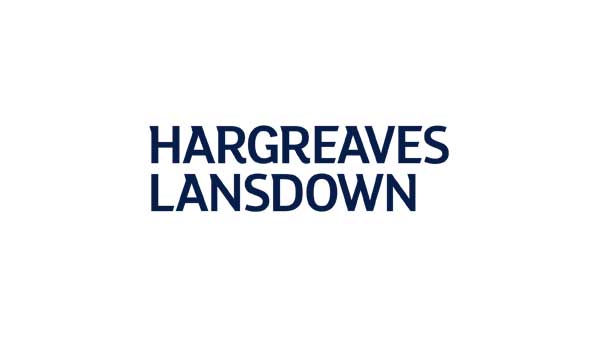
Interactive Investor
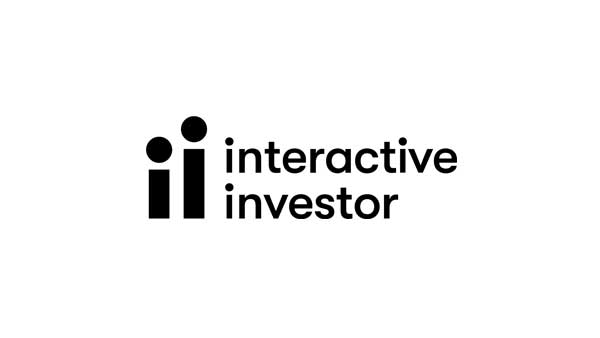
We cover these in more depth in our Best Investment Apps UK article.
FAQ
Should I move my savings to an ISA?
It does make sense to take advantage of your ISA allowance each year, and if you have money in a savings account, then moving it to an ISA can make sense, as the returns on the money will be tax free, even if you exceed your annual tax-free interest allowance.
Does your money grow in an ISA?
Ideally yes! With a cash ISA, you will get interest on your money, which can be at different rates depending on the type of account and provider. However, watch out for inflation. Sometimes the interest rate will be lower than the rate of inflation, so your money will grow, but not in real terms. With a stocks and shares ISA, there is the potential to grow your money more, especially in the longer term. However, this will bring more risk.
Can I have 2 ISA accounts?
It is possible to have multiple ISAs, but you cannot have more than one ISA of the same type in one year. For example, you can open one cash ISA and one stocks and shares ISA in the same year, but you cannot open 2 cash ISAs. Once the tax year is over, then it is possible to open a different ISA of the same type, even if with a different provider.
Articles on the wiseabout.money website may contain affiliate links. If you click these links, we may receive compensation. This has no impact on our editorial and any money earned helps us to continue to provide the useful information on our site. This article is for general information purposes only and does not constitute financial advice. If you have any questions about your personal circumstances please seek professional and independent advice.


